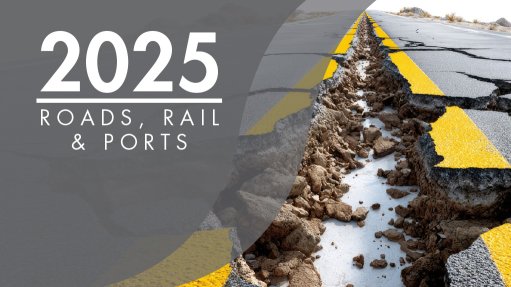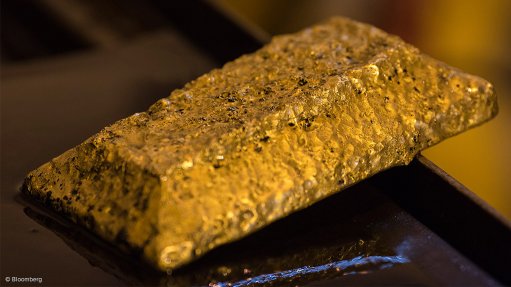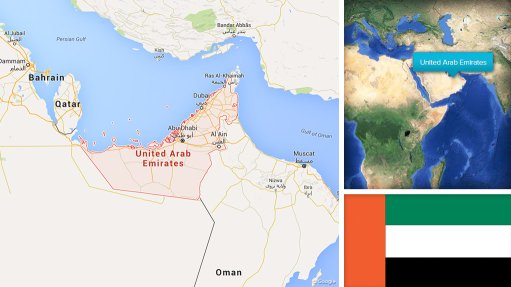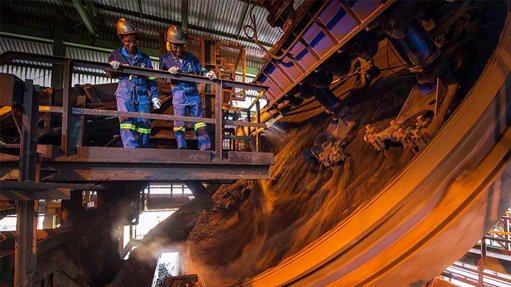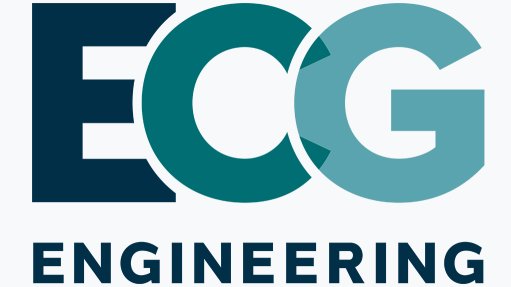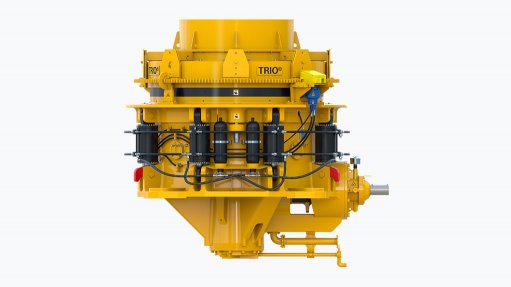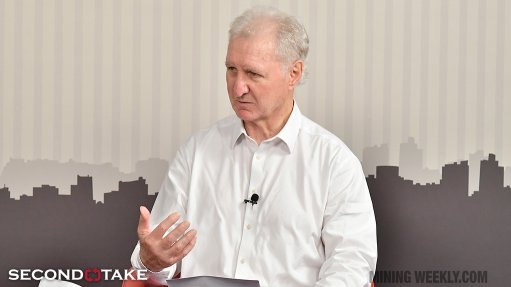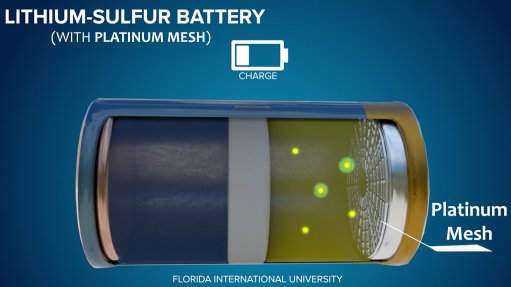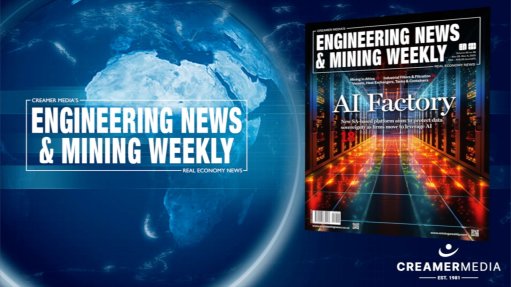High electricity prices to continue putting pressure on mining, smelting, says Minerals Council
The improvement in the performance of State-owned Eskom’s ability to supply electricity and the uptick in Transnet’s operational performance bode well for mining, but the sector faces the threat of high electricity tariffs and slow reforms on the rail side, industry organisation Minerals Council South Africa acting chief economist Bongani Motsa commented in response to the Medium-Term Budget Policy Statement delivered in Parliament on November 12.
Gross value added by the mining sector contracted by 3% in the first half of the year relative to 2024, Transnet failed to achieve 60% of its targets set to improve operational performance for this financial year and electricity tariffs had increased on average more than 900% since 2008, Motsa pointed out.
“The sector that employs around 468 000 people remains under pressure,” he emphasised.
Given that South Africa needed to invest in its electricity transmission infrastructure, address the municipal debt and service delivery crises, as well as the fact that the latest Integrated Resource Plan 2025 pivots to more expensive renewables, the economy would likely face a prolonged period of elevated electricity prices, Motsa added.
CHROME ORE EXPORT TAX
The Minerals Council noted that there was no mention of a chrome ore export tax in this year’s MTBPS. A Cabinet statement in June, and subsequent comments by Trade, Industry and Competition Minister Parks Tau, have flagged a chrome ore export tax as one of the government’s four proposed interventions to revitalise the embattled domestic ferrochrome sector.
However, the key constraint for South African ferrochrome smelters was the globally uncompetitive cost of electricity; not the supply or cost of chrome ore for smelters, Motsa emphasised.
Therefore, an export tax would be misplaced and potentially damaging to chrome miners, employing more than 28 000 people, if it compels China, which is the largest buyer of South African chrome, to find alternative sources of chrome ore.
South Africa is the world’s largest producer of chrome ore.
“A lot of investment is needed in the electricity and logistics sectors to support the improved fiscal outlook. It is not obvious where that money will come from apart from outside of government.
“Until we see investment levels pick up and start improving the rail and electricity networks, we remain cautiously optimistic,” he said.
Meanwhile, National Treasury projected real economic growth of 1.2% for South Africa this year, down from the 1.4% projected in May, albeit higher than the latest International Monetary Fund estimates of 1.1% published in October.
Importantly, Treasury expected population growth of 1.6% a year over the next 35 years. With real growth of 1.2% for this year and 1.5% estimated for 2026, per capita earnings are set to decline over the next two years.
This trend was likely to reverse in 2027, Motsa noted.
Additionally, in the most significant change to South African monetary policy in decades, Treasury officially endorsed a 3% inflation target with a tolerance band of one percentage point to allow for transitional inflationary shocks.
This move signalled formal alignment with the South African Reserve Bank (SARB), which proposed the shift in July, he added.
A lower inflation target would result in more interest rate cuts than the previous 4.5% target, align South Africa with its peers, thereby making it more competitive, and would reduce long-term borrowing costs, Motsa said.
The SARB would guide inflation and inflation expectations toward the new target over the next two years, with the repo rate likely to settle around 6% in 2027.
This bodes well for mining, which will benefit from lower inflation through lower labour cost escalations, administrative price increases and borrowing costs in the long run.
However, historically, increases in compensation of labour in the mining sector and administrative prices had outpaced consumer inflation and put pressure on the sector’s competitiveness, he pointed out.
Further, the lowering of the inflation target to 3% has meant nominal growth forecasts are slightly lower, hence the debt-to-GDP level is now stabilising at 77.9% versus 77.4% indicated in May.
Lower nominal growth forecasts meant less revenue collection, as revenue was estimated based on nominal growth forecasts, he explained.
Treasury also projected a revenue shortfall of R15.7-billion over the next two years. Therefore, to stave off tax increases next year, tax compliance and efficiency would need to improve substantially and/or growth in the economy and the mining sector would need to pick up, Motsa said.
“We reiterate that unlocking mining’s full potential through the implementation of an investor-friendly regulatory and operating environment could help stave off future tax increases in the coming years.”
Article Enquiry
Email Article
Save Article
Feedback
To advertise email advertising@creamermedia.co.za or click here
Announcements
What's On
Subscribe to improve your user experience...
Option 1 (equivalent of R125 a month):
Receive a weekly copy of Creamer Media's Engineering News & Mining Weekly magazine
(print copy for those in South Africa and e-magazine for those outside of South Africa)
Receive daily email newsletters
Access to full search results
Access archive of magazine back copies
Access to Projects in Progress
Access to ONE Research Report of your choice in PDF format
Option 2 (equivalent of R375 a month):
All benefits from Option 1
PLUS
Access to Creamer Media's Research Channel Africa for ALL Research Reports, in PDF format, on various industrial and mining sectors
including Electricity; Water; Energy Transition; Hydrogen; Roads, Rail and Ports; Coal; Gold; Platinum; Battery Metals; etc.
Already a subscriber?
Forgotten your password?
Receive weekly copy of Creamer Media's Engineering News & Mining Weekly magazine (print copy for those in South Africa and e-magazine for those outside of South Africa)
➕
Recieve daily email newsletters
➕
Access to full search results
➕
Access archive of magazine back copies
➕
Access to Projects in Progress
➕
Access to ONE Research Report of your choice in PDF format
RESEARCH CHANNEL AFRICA
R4500 (equivalent of R375 a month)
SUBSCRIBEAll benefits from Option 1
➕
Access to Creamer Media's Research Channel Africa for ALL Research Reports on various industrial and mining sectors, in PDF format, including on:
Electricity
➕
Water
➕
Energy Transition
➕
Hydrogen
➕
Roads, Rail and Ports
➕
Coal
➕
Gold
➕
Platinum
➕
Battery Metals
➕
etc.
Receive all benefits from Option 1 or Option 2 delivered to numerous people at your company
➕
Multiple User names and Passwords for simultaneous log-ins
➕
Intranet integration access to all in your organisation





